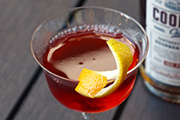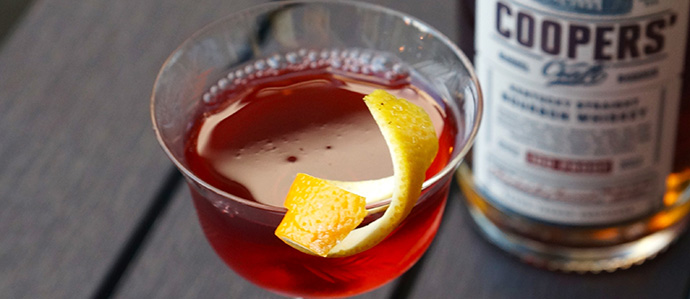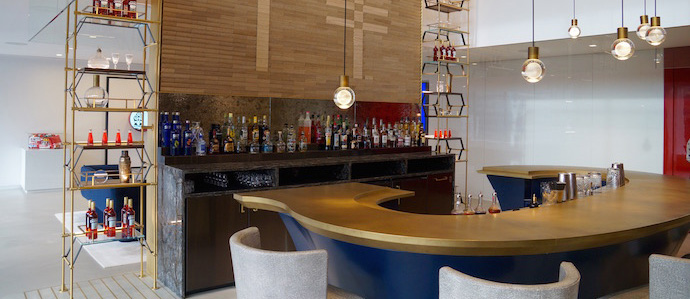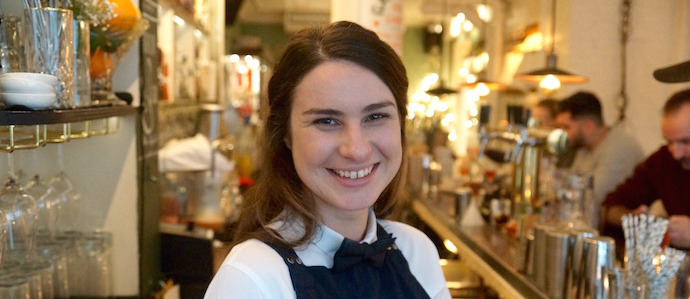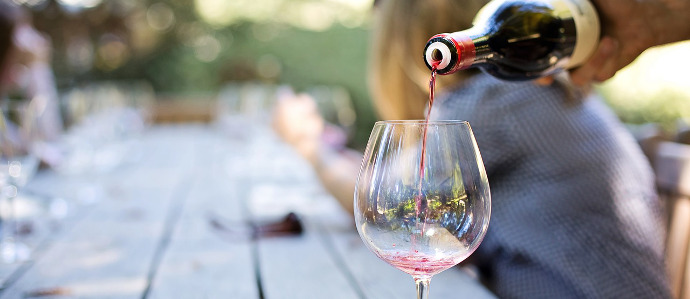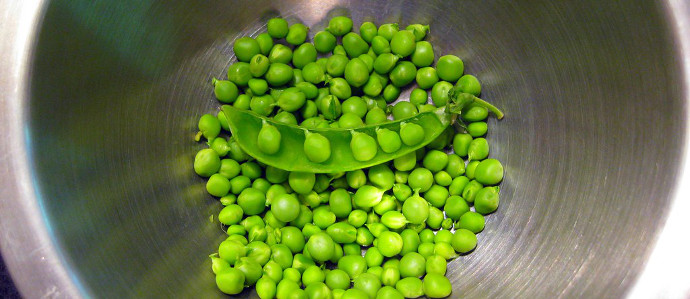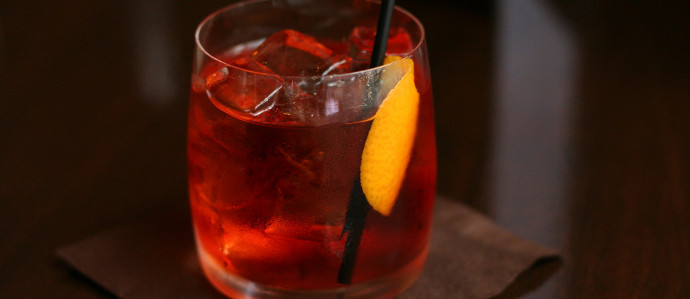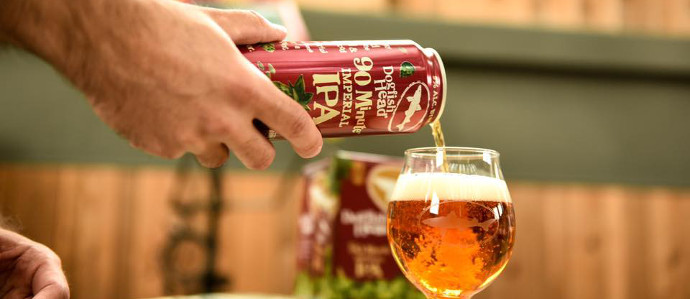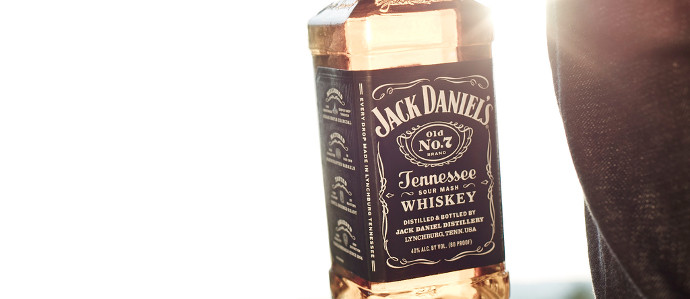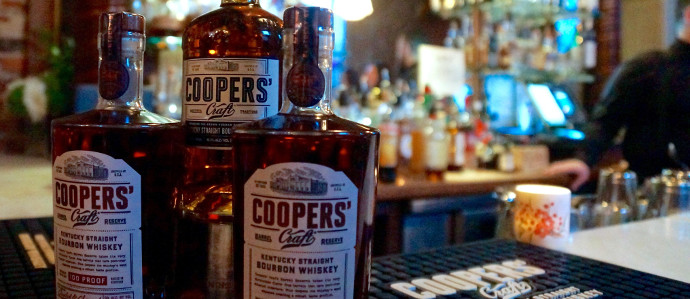Spodee: Very Fine Fortified Wine
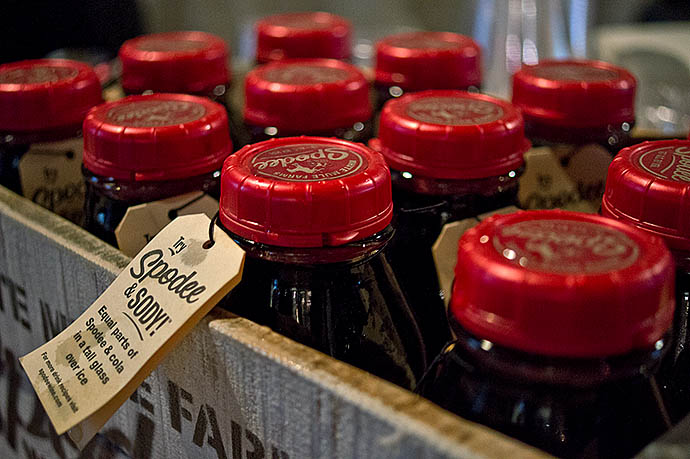
Steven Grasse is a liquor pioneer of sorts. Hendrick's Gin took juniper spirits into a new realm of light, flowery flavor, and his rum, Sailor Jerry, evolved from a line of tattoo-oriented clothing. Under the moniker Art in the Age, he’s led the development of Root, Snap and Rhuby liqueurs, based on colonial recipes and old-time ingredients. But none of these are as unique as his latest offering: Spodee.
Spodee is a fortified wine, ringing in at 36 proof, which is based on the hooch that helped keep many Americans sane during the Great Depression. People would combine country wine with homemade moonshine and assorted fruits and herbs from their struggling gardens, creating a potent, pungent sip. Branded as hailing from White Mule Farms, this new combo-liquor is “wine with a kick.”
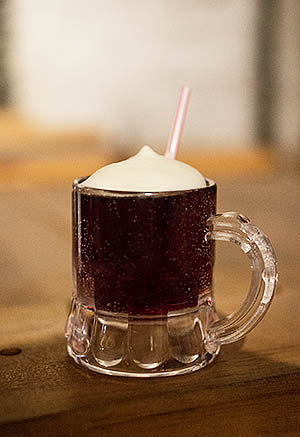 Packaged in a corked milk bottle, Spodee is now available to be shipped nationally (where legal) for as low as $8.99 per 500-ml container. It’s also on shelves and in restaurants in New Jersey and Pennsylvania, Grasse’s home state. Is it worth a try? Our take: definitely.
Packaged in a corked milk bottle, Spodee is now available to be shipped nationally (where legal) for as low as $8.99 per 500-ml container. It’s also on shelves and in restaurants in New Jersey and Pennsylvania, Grasse’s home state. Is it worth a try? Our take: definitely.
Though the spirit is meant to be mixed, a sip straight on the rocks brings a very original flavor, full of fruity grape with undertones of cocoa. If you took the highest-end chocolate-covered raisins you could find — the gourmet kind, not Raisinets — and somehow pressed liquor out of them, Spodee is what you’d get.
A surprisingly tasty combination comes when the strong vino is added to iced coffee with cream, adding richness and bite and paving the way for a future brunch standby. “Spodee and Sody” is an option if you like sweet cocktails, as cola adds few other notes to the concoction. Substitute it for sweet vermouth and you have a very unique Manhattan.
With its nuanced flavor profile, Spodee is also suited for use in cooking, adding sweet tang to barbecue sauce, or showing it’s chocolate side in desserts. Spodee will keep for months, even opened, so find a way to snag at least one milk bottle to experiment with sometime soon.
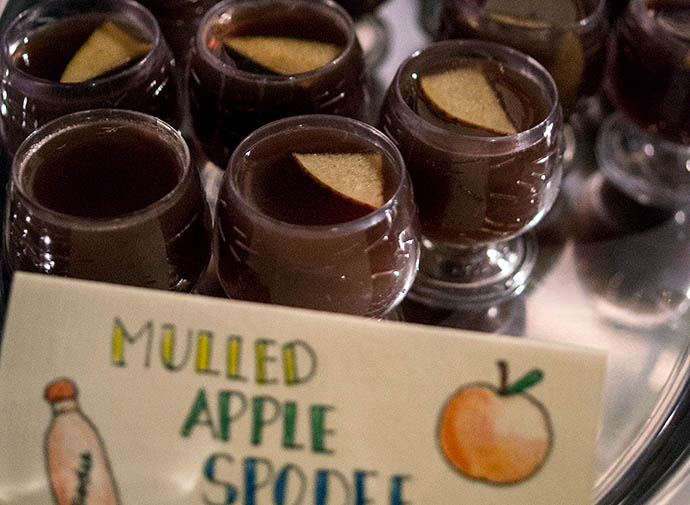
Photos by Danya Henninger




